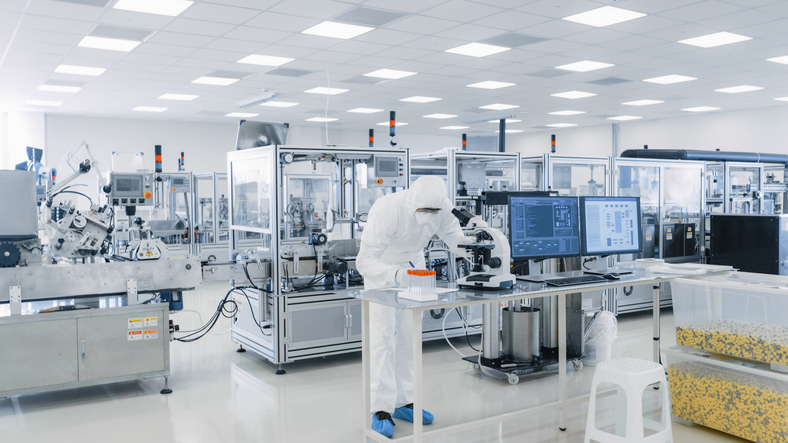By Julianna LeMieux, PhD
Last week, I was fortunate to attend my first BioProcessing International Conference. I spent the week in Boston, at the convention center, soaking in the latest advances in the field. After a few packed days, toggling between the lecture halls and the expo floor, I found myself on the train—traveling home from South Station to Penn Station. Reflecting on what I had learned, I couldn’t stop thinking about how the field of bioprocessing and biomanufacturing is far sexier than I previously thought. In addition, that the work going on in the field doesn’t get the attention it deserves.
Headlines frequently tout the most recent news on cell and gene therapy trials, novel gene editing technology, and delivery methods. But the advances on the other side of the process, in manufacturing, are far less celebrated. In fact, many people may not know how drugs are manufactured. Or how critical the innovations and advances being developed in that process are to bring treatments to patients. But the companies at the Bioprocess International Conference are just as innovative as the R&D companies on the front end of the process, despite their lower profile.
One talk, by Clive Glover, PhD, vice president of viral vectors at Cytiva, entitled, “Genomic medicine keeps innovating, manufacturing should too,” noted that the field’s bullish attitude about genomic medicine, with sweeping innovation in targets and delivery, needs to be applied to innovation for manufacturing. He asserted that the scale of viral vector-based therapy is increasing, in large part because they are targeting bigger indications that affect more people. But manufacturing capacity is going to be a problem; there will be a practical limit to the number of batches.
Most improvements, he predicts, will come from upstream—cell line improvements. He mentioned the the Elevecta producer cell line as an upstream innovation, developed by the German company Cevec. Viral vectors can be toxic to the cells that are producing them. In order to make larger quantities, the researchers put the genes to make the viral vectors on an inducible switch, they are silenced until you induce them at large cell levels.
Other innovations are the novel technologies in biologic particle analysis, to identify impurities. For example, the backgrounded membrane imaging (BMI) system developed by Halo labs. Their platform brings together light microscopy, with robotics, image processing, optics, and Fluorescence Membrane Microscopy (FMM) in 96-well plates. Also, the flow imaging microscopy (or dynamic image analysis) system commercialized as FlowCam by Yokogawa Fluid Imaging Technologies. This technique captures images of particles and microbes—which can be visualized by the researcher—in a microfluidic channel under flow.
Another innovation spanning multiple applications—from cell and gene therapy to viral safety—is LumaCyte’s label-free, single cell analysis, that separates cells using laser force cytology—the company’s microfluidic cell analysis technology.
Though still in the early stages in the bioprocessing field (or even life sciences), the rising use of digital twins in biomanufacturing is one area to watch closely. A digital twin could focus on various aspects of bioprocessing, such as data management or process prediction. When referring to process prediction and monitoring, Maximilian Krippl, PhD, head of process modeling at Novasign, previously told GEN that these features “will create a solid foundation to face the challenges in bioprocessing, such as batch-to-batch variability, out-of-specification runs, and consistency in highly specialized bioprocesses, such as those for gene or cell therapy.” There were a handful of digital twin companies on the BPI expo floor this year, with many more predicted to join them in the years to come.
Though these are just a sampling of some innovations that GEN bumped into while at the meeting, there were many others in both upsteam and downstream bioprocessing: from discarding empty capsids, to bioreactor differences, or fill and finish processes. And while those advances may not make headlines, they are equally as important as the latest genome editing technology or delivery system.
Lastly, both the R&D and manufacturing arms of the drug discovery process have one thing in common, which is the motivation. Everyone is working toward the same goal: to bring drugs to patients quickly.






